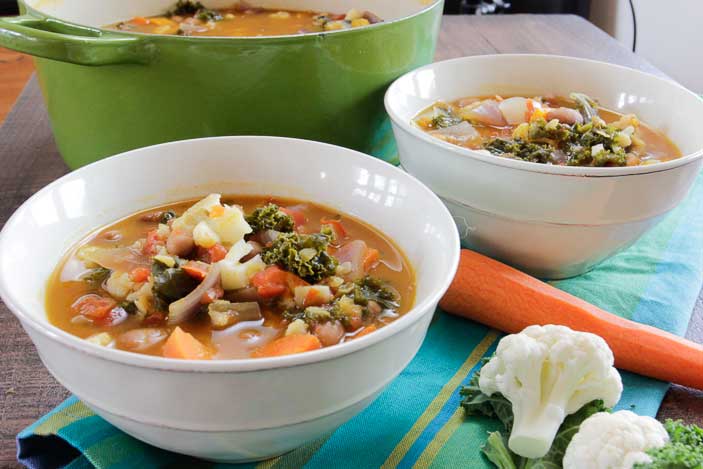Creating a well-balanced fitness routine is one of the most essential tasks that every gym bee or fitness enthusiast can look forward to.
- Hotouch protein?
- How much fat?
- Do I need fat if I am losing weight?
- When to eat carbs?
There are so many questions that thinking about all that may give you a concussion, well not literally, but at least if you are reading this on your phone and not paying attention to the traffic. KETO or intermittent fasting? Low fat or low carb? These fancy diets have made life more difficult for the non-professionals of fitness. So, understanding our moral obligation, Bodyzone, the number one gym in the north, has decided to end the debate once and for all. Today, we are learning how to create a balanced fitness diet.
The Basics
Veggies, grains, fruits, dairy, and protein (Veg/Non-veg) are what they mean by the ideal diet. Every meal should have at least all of this. This is the overview, and it is somewhat true. But do you know how much and when you should eat it? We are discussing that exact thing in this blog.
What is This Balanced Diet?
A balanced diet comprises an acceptable amount of all the nutrients essential for the body to develop, remain fit, and be disease-free. It also provides the required energy requirement, defends against minerals, vitamins, and other dietary deficiencies, and shapes immunity.
The Fruits
The standard and essential diet habit is to include plenty of fruits and veggies in your food intake chart. Vegetables and fruit are full of nutrients like antioxidants, minerals, vitamins, and fiber and help you uphold a healthy number on the scale by keeping one full for longer.
The rule of thumb is that one must fill half of one’s plate with veggies and fruit at each meal or snack.
The Complex Part: Macronutrients
Carbohydrates, or as they are now known, carbs, are not your enemy. They provide energy, so they should constitute 50- 60% of one’s diet. However, they form a significant diet component; one cannot treat every carb equally.
A few great sources of healthy carbs are below-
- Whole grains like Oats, Quinoa
- Whole wheat, Dahlia
- Legumes
- Millets like Ragi, Bajra, Barley
The Love of Gen-Z
Clear instructions: Protein foods must cover a quarter of your plate.
Protein foods comprise nuts, legumes, tofu, seeds, fish, fortified soy beverages, eggs, shellfish, and poultry. If you are a non-vegetarian, lean red meats, low-fat yogurt, and low-fat milk can do the trick.
As you know, Proteins help your body build and uphold muscles, bones, and skin.
One should try to eat two portions of one’s local fish each week, or one can opt for a plant-based food option more often.
If chosen right, dairy products can be a great source of protein; just low-fat or low-sodium ones can be great.
A Big No-No
Your highly processed foods, or as they call it now, ultra-processed, undergo significant changes from their state and original food source injected with many ingredients.
In layperson’s terms, processing is the process by which essential nutrients like minerals, vitamins, and fiber are replaced with salt and sugar in any food.
Hot dogs, fast foods, chips, frozen pizzas, cookies, processed meats, white bread, and white rice are great examples of processed dishes.
The Most Important Tip
Studies have revealed that foods fully grown and eaten during their regular peak season are far fuller of nutrients than those reaped during the off-season.
One such study found that the famous broccoli grown during its right season had more vitamin C than it did when developed off-season. The reason behind this is that foods are permitted to follow their usual growth cycle and reach maturity without being reaped with chemicals or pesticides.
Exploring the local farmer’s markets might be one great way to get acquainted with what is available while also getting some fresh air and taking extra steps in meal preparation.
Water- The Unsung Hero
There are many apps in the market now, and multiple campaigns stress the importance of drinking enough water throughout the day.
Reason number one is that water maintains health and encourages hydration without adding calories to your diet. But this only applies to water, not other drinks.
One must avoid fruit juices, even if the packaging says they are 100% fruit juice. Eating fruits is a great way to get some fiber, but juices, while having vitamins and minerals, do contain sugar, a lot of it, and less fiber.
So, if you’ve had enough water, you can do the tango with coffee and tea (low-sugar).
Ending Note
So far, we have learned that water, protein, fiber, and carbohydrates are the must-haves of your diet. However, processed food should be avoided as much as possible.
If you are still confused, you can visit Bodyzone, S.C.O. 180-187, Second Floor, Madhya Marg, Sector 9 C, Chandigarh, for a better understanding of using the services of our internationally certified trainers and dietitians.
They will help you get the diet customized just for your body.

Leave a Reply